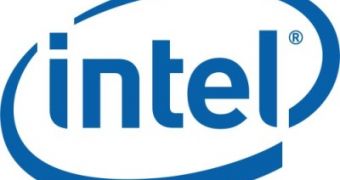Just recently, Santa Clara, California-based global leading chip maker Intel has announced its plans to focus on the accelerated adoption of the company's next-generation 32nm manufacturing process. After having already demoed some of the performance capabilities of its first 32nm parts, the chip manufacturer also detailed some of its plans for upcoming products, including the much anticipated Core i5 range of processors. The new desktop CPUs are designed on the company's Nehalem architecture, as the high-performance Core i7 models, but will provide for a more affordable upgrade to its current Core 2 Duo processors.
According to the details laid down by the chip maker, the next generation of mainstream Intel processors developed on the Nehalem microarchitecture will become available sometime in the third quarter of this year. Codenamed Lynnfield, these new 45nm desktop CPUs will come out as part of Intel's new Core i5 family, which will focus on the performance requirements of the mainstream PC market. The new processors will require users to upgrade their computer systems, as they will only be supported by the company's new LGA-1156 socket, which will not be compatible with the current high-end Core i7 CPU models.
As expected, the debut of Intel's new mainstream-performance lineup will also bring forward a new line of chipsets, designed to support the new processor architecture and provide users with some new features. The company will expand its 5-series chipsets with new models designed for either the business or the consumer market segment. Intel will release the Q57 chipset, codenamed Piketon, targeted at the business segment, while the P55 chipset, codenamed Kings Creek, will be designed for consumers. The latter will be supplemented by the P57 in the first quarter of 2010.
As far as specifications go, the Core i5 and Core i7 are not all that different, given that they are based on the same microarchitecture. However, the Core i5 series of processors will only provide support for dual-channel DDR3 memory configurations, unlike the Core i7, which lets users take advantage of a triple-channel DDR3 setup, for higher levels of performance.

 14 DAY TRIAL //
14 DAY TRIAL //